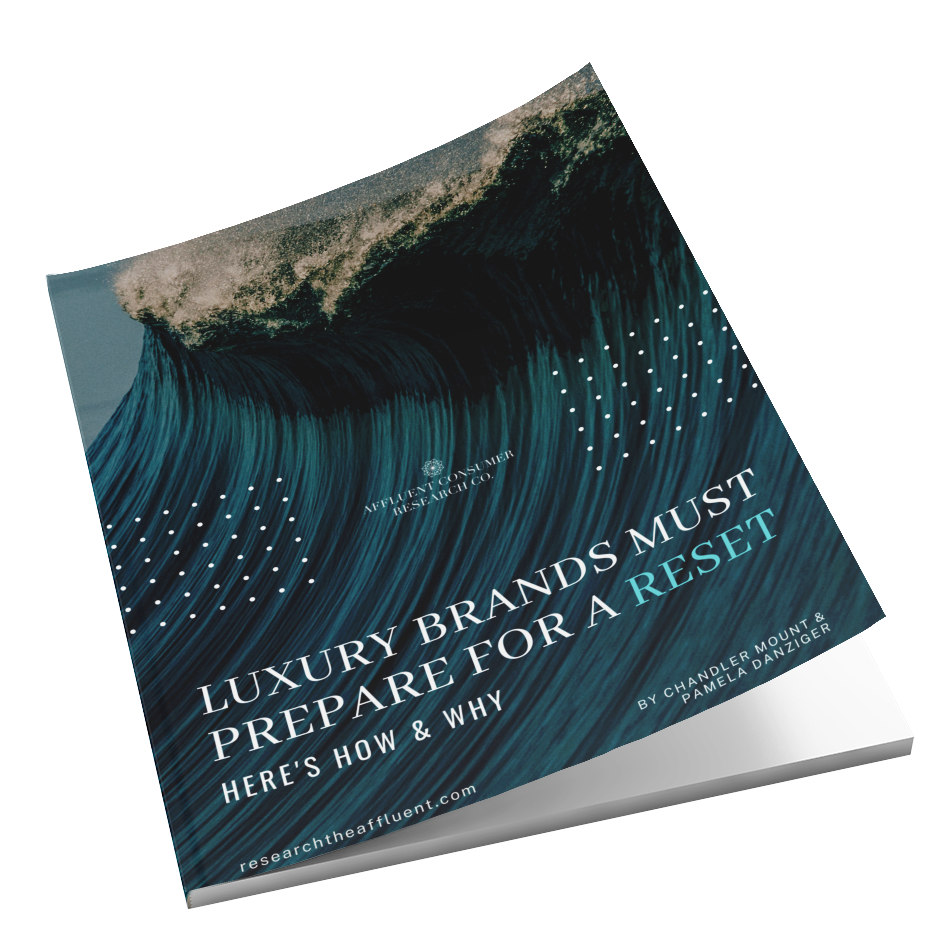The China Factor: Why Luxury Automakers Face Headwinds In The Asian Market

Table of Contents
The Rise of Domestic Chinese Luxury Brands
The emergence of powerful domestic Chinese luxury car brands is arguably the biggest headwind facing established players. These brands are rapidly gaining market share, leveraging competitive pricing, cutting-edge technology, and a deep understanding of local consumer preferences that legacy brands are struggling to match. Brands like Nio, Xpeng, and Li Auto are not merely competing; they are setting new standards. Their success stems from several key factors:
- Increased investment in R&D: Chinese automakers are pouring significant resources into research and development, resulting in innovative vehicles that rival, and in some cases surpass, established luxury brands in terms of technology and features.
- Government support and subsidies: Government initiatives and subsidies provide a considerable advantage to domestic brands, bolstering their competitiveness in the market.
- Growing consumer preference for homegrown brands: A rising sense of national pride and a desire to support local industries is fueling demand for Chinese-made luxury vehicles. This shift in consumer sentiment is a critical factor impacting the sales of foreign luxury brands.
Shifting Consumer Preferences in the Asian Market
The Asian luxury car buyer is evolving rapidly. Traditional notions of luxury are being redefined by a younger, more tech-savvy generation with a heightened awareness of sustainability and a demand for personalized experiences. This shift necessitates a fundamental change in strategy for established brands:
- Demand for electric vehicles (EVs) and hybrid vehicles: Sustainability concerns are driving strong demand for electric and hybrid luxury vehicles, forcing automakers to accelerate their EV development and infrastructure investment.
- Preference for connected car features and advanced driver-assistance systems (ADAS): Technology is no longer a luxury; it's an expectation. Asian consumers are demanding seamless connectivity, advanced infotainment systems, and sophisticated driver-assistance features.
- Focus on brand storytelling and emotional connection with consumers: Beyond the specifications, Asian luxury car buyers value the brand narrative and the emotional connection they can forge with the brand. This requires a more holistic approach to marketing and brand building.
Economic and Political Uncertainties in the Asian Region
The Asian market isn't immune to global economic fluctuations and geopolitical tensions. These uncertainties create significant challenges for luxury car sales, impacting everything from supply chain stability to consumer confidence:
- Impact of trade disputes on import costs and market access: Trade wars and tariffs can significantly impact the cost and availability of imported luxury vehicles, making them less competitive against domestically produced alternatives.
- Economic slowdown in some Asian markets: Economic downturns in key Asian markets can directly impact consumer spending on luxury goods, including premium automobiles.
- Geopolitical risks and their influence on investor confidence: Political instability and uncertainty can negatively impact investor confidence, hindering investment in the automotive sector and potentially disrupting supply chains.
Intensified Competition and Pricing Pressures
The luxury car market in Asia is becoming increasingly crowded, with established brands facing competition not only from domestic rivals but also from other international players vying for market share. This intensifies the pressure on pricing and profit margins:
- Price wars and discounting among luxury brands: To stay competitive, luxury automakers are increasingly resorting to price wars and discounting, squeezing profit margins and impacting brand image.
- Increased marketing and promotional activities to attract buyers: The fight for market share is fueling aggressive marketing campaigns and promotional offers, further adding to the competitive pressure.
- The rise of subscription services for luxury vehicles: Subscription models are emerging as a way to access luxury vehicles, potentially impacting traditional sales models and altering consumer behavior.
Overcoming the China Factor: A Strategic Path for Luxury Automakers
The "China Factor" presents significant challenges for luxury automakers in the Asian market. However, it also presents opportunities for those willing to adapt and innovate. Successfully navigating this complex landscape requires a multi-pronged approach: investing in local R&D, tailoring product offerings to meet evolving consumer demands, building strong brand loyalty, and fostering positive relationships with key stakeholders. Understanding and embracing the nuances of the Asian market, particularly the growing influence of China, is paramount for future success. To stay ahead, luxury automakers must actively engage with the evolving "China Factor," exploring how China's influence on luxury car sales is shaping the broader Asian automotive landscape and adapting their strategies accordingly. Share your thoughts on how luxury brands can best navigate this dynamic market – the future of luxury car sales in Asia depends on it!

Featured Posts
-
 Locate The Winning Euro Millions Ticket An Irish Appeal
May 28, 2025
Locate The Winning Euro Millions Ticket An Irish Appeal
May 28, 2025 -
 2023 2024 Sezonu Viktor Gyoekeres Istatistikleri Ve Performansi
May 28, 2025
2023 2024 Sezonu Viktor Gyoekeres Istatistikleri Ve Performansi
May 28, 2025 -
 Avis Galaxy S25 128 Go 814 22 E Un Bon Plan A Saisir
May 28, 2025
Avis Galaxy S25 128 Go 814 22 E Un Bon Plan A Saisir
May 28, 2025 -
 Cuaca Bandung Hari Ini And Besok 22 April Perkiraan Hujan
May 28, 2025
Cuaca Bandung Hari Ini And Besok 22 April Perkiraan Hujan
May 28, 2025 -
 Drought Prediction Parallels Between Spring 1968 And Spring 2024
May 28, 2025
Drought Prediction Parallels Between Spring 1968 And Spring 2024
May 28, 2025
